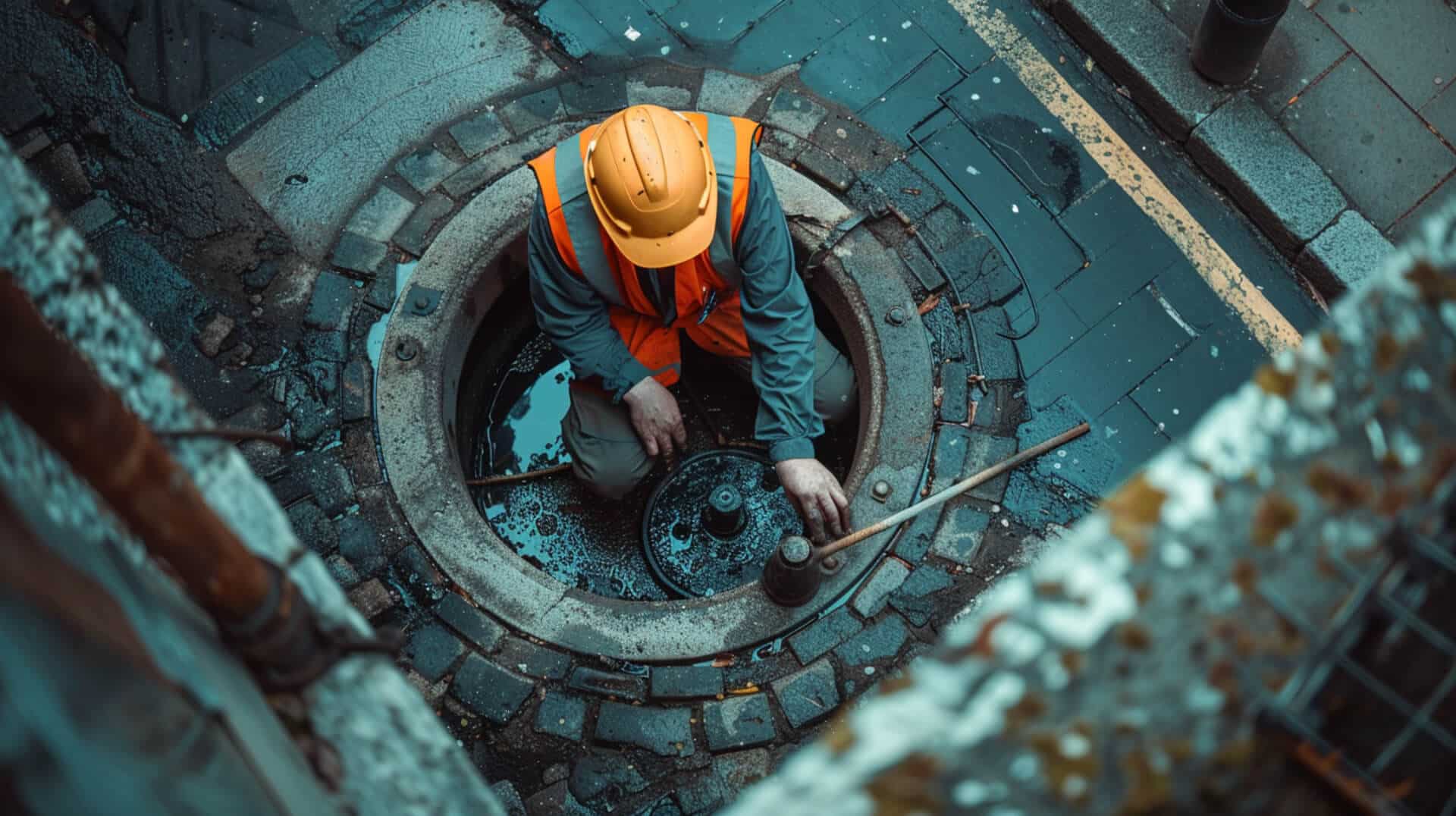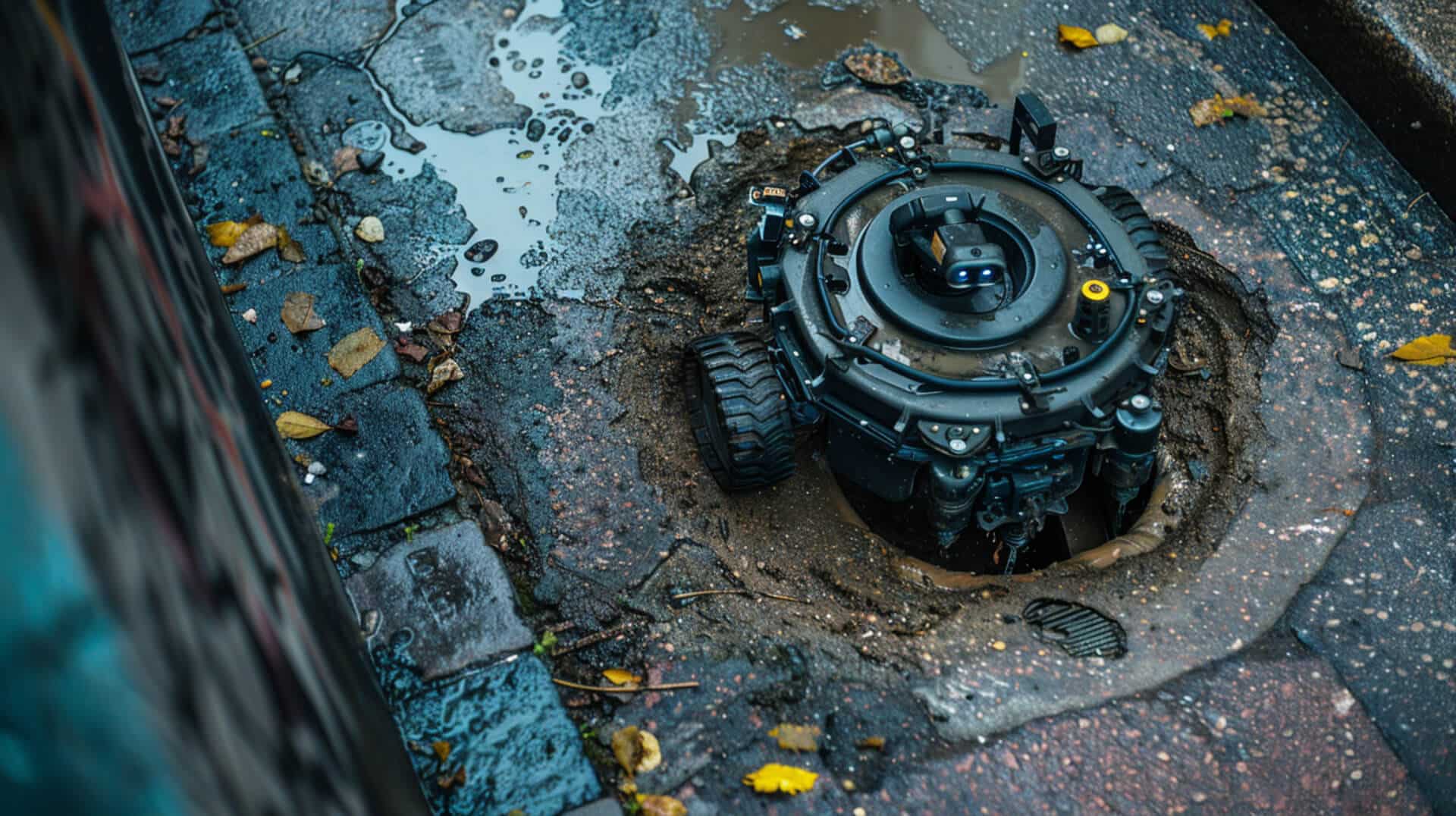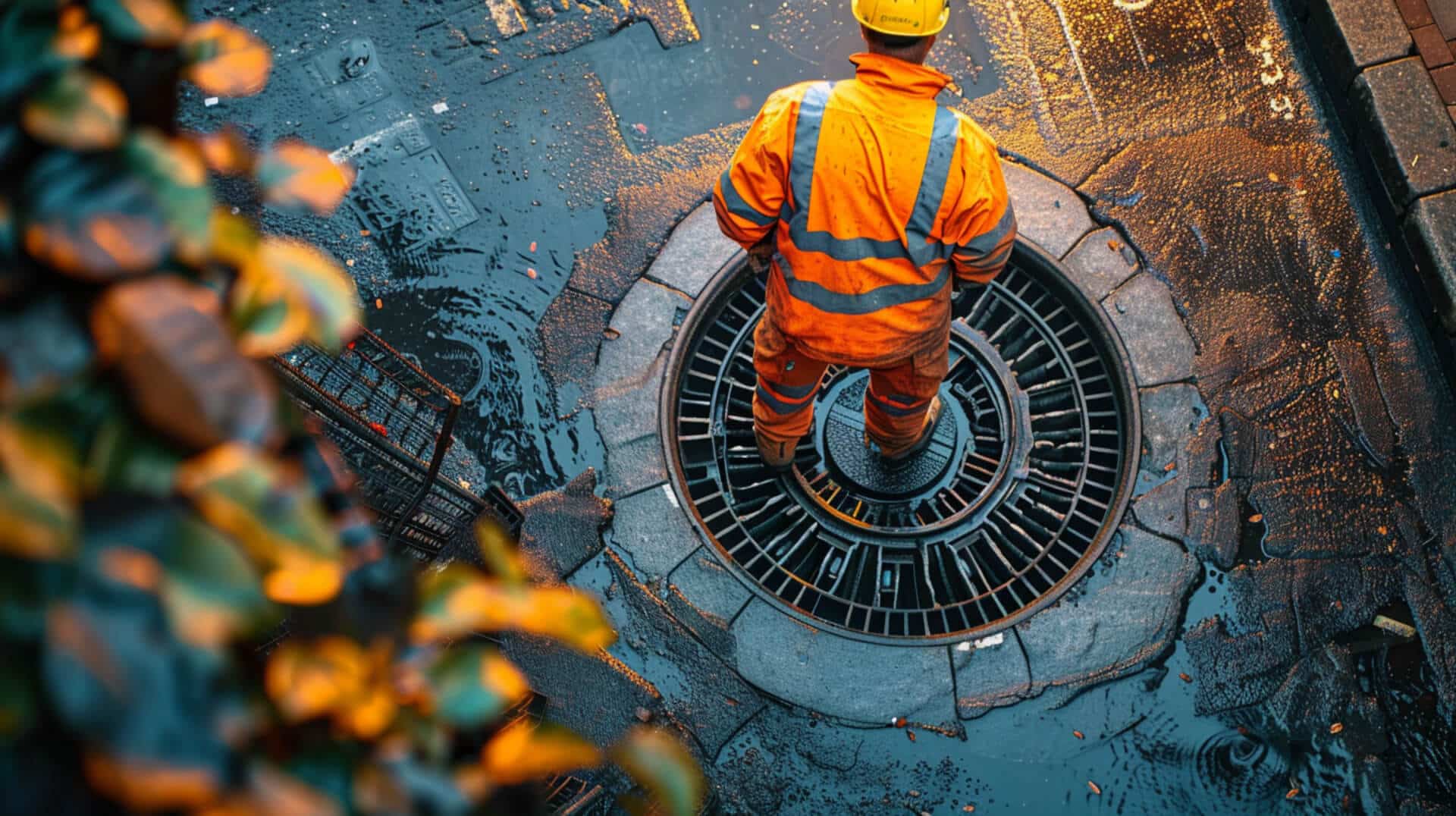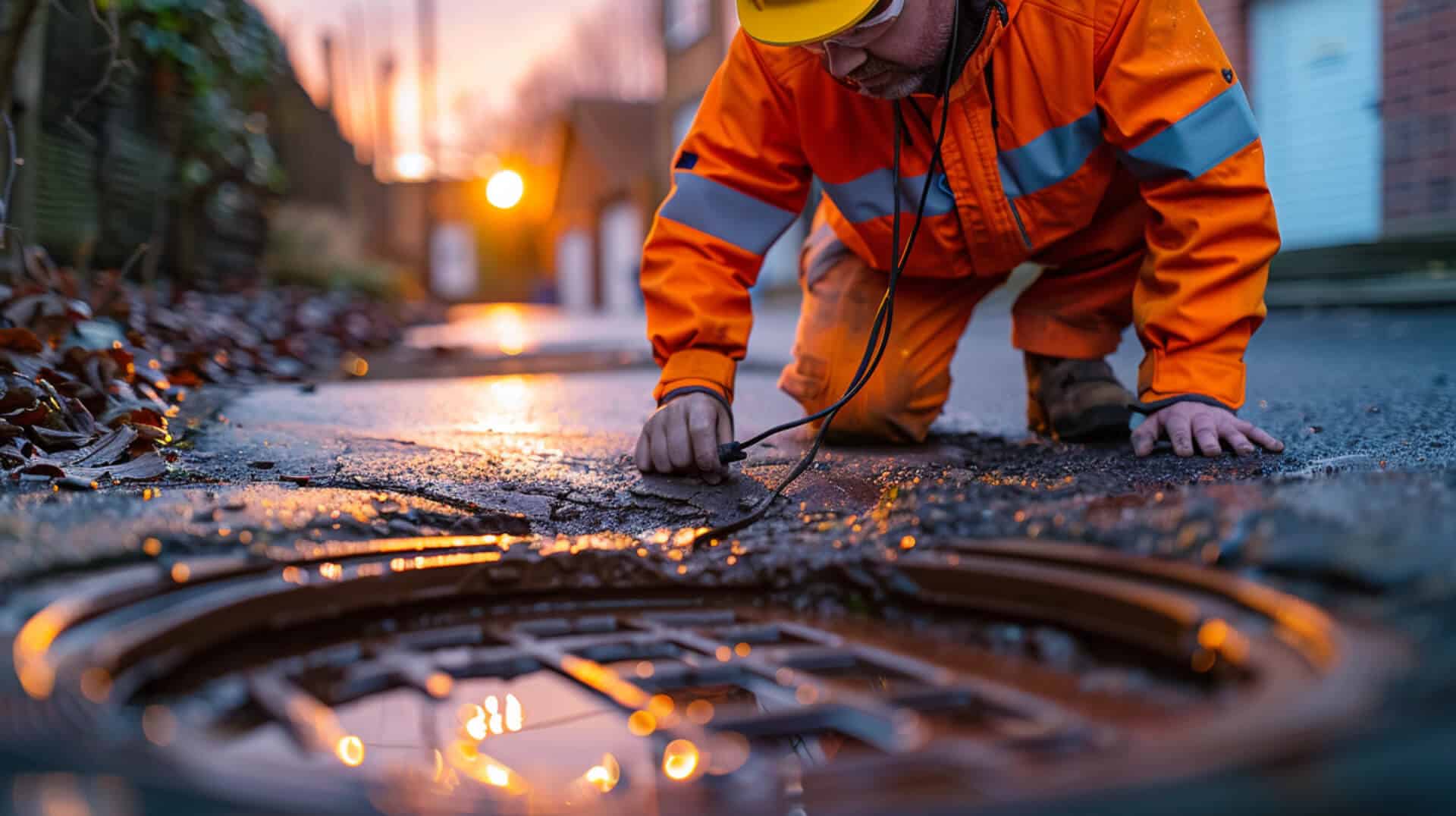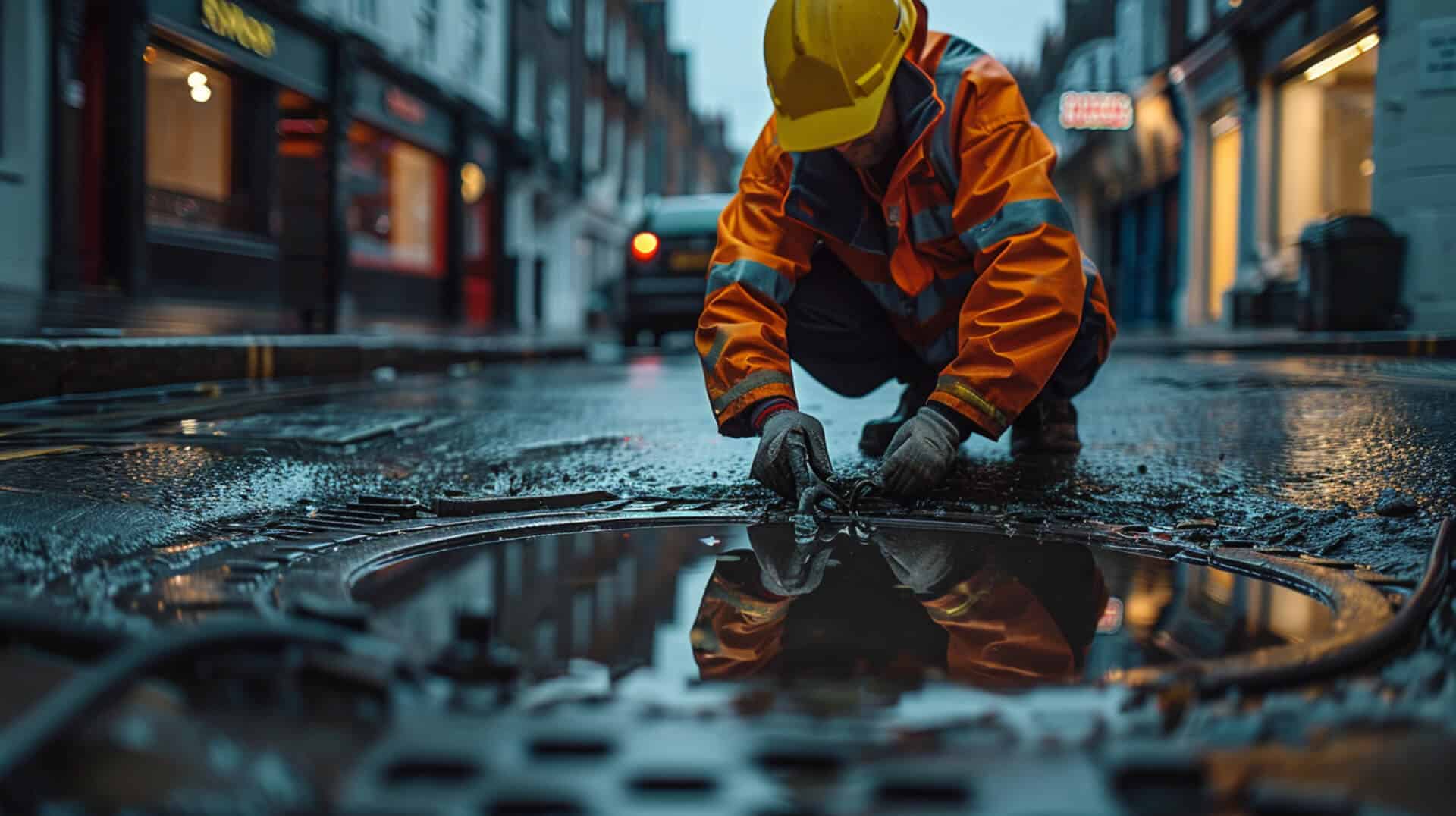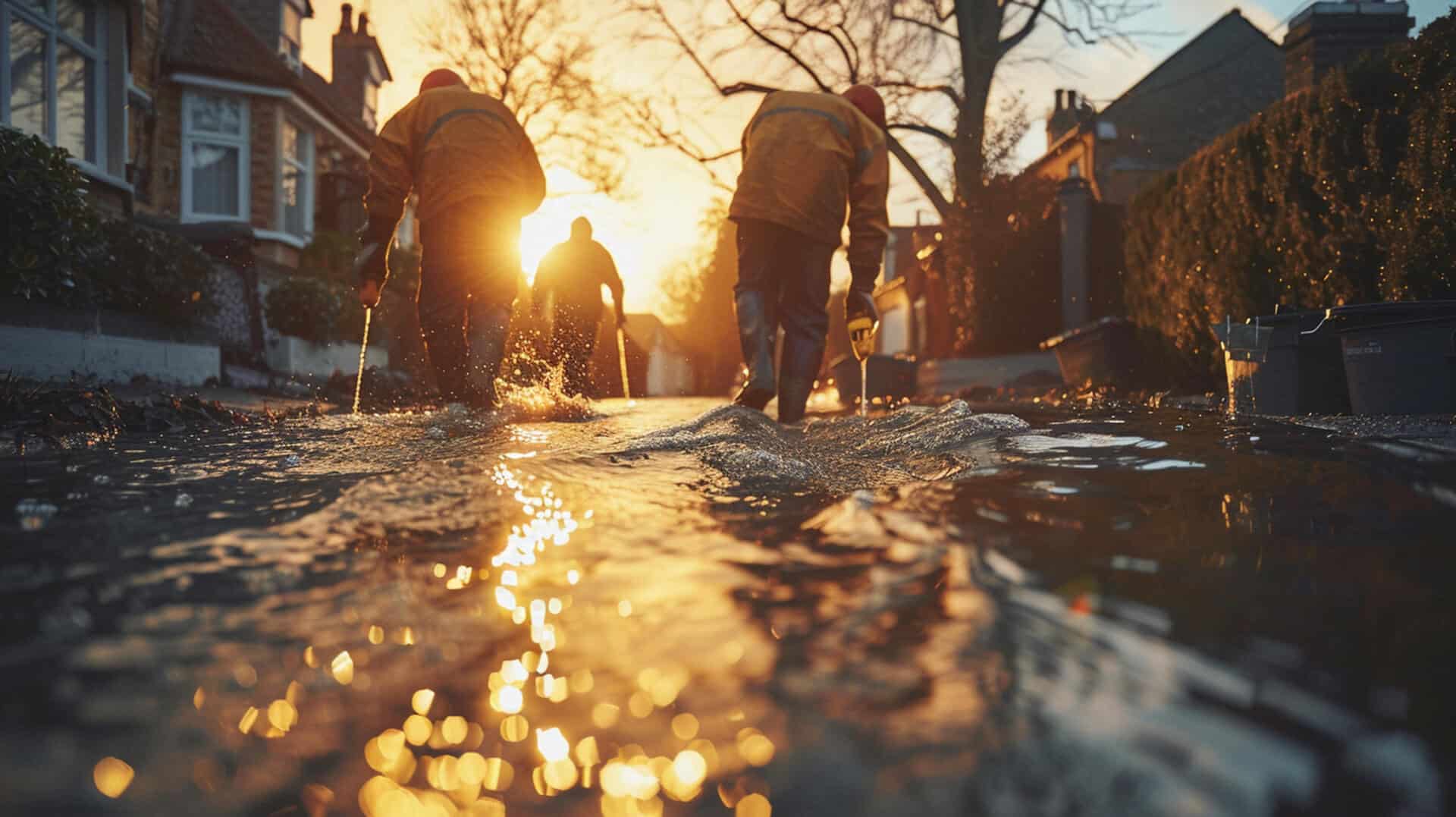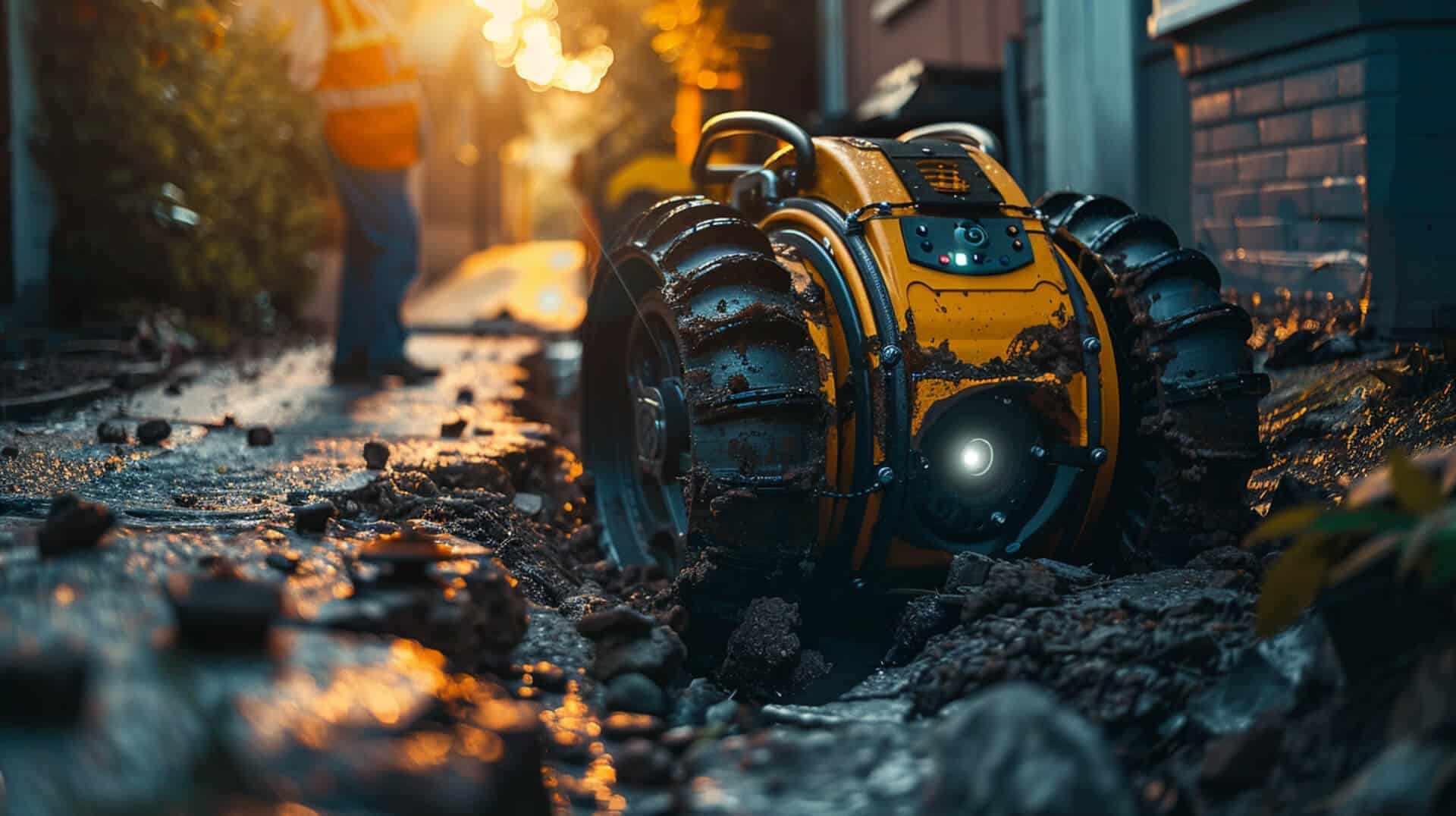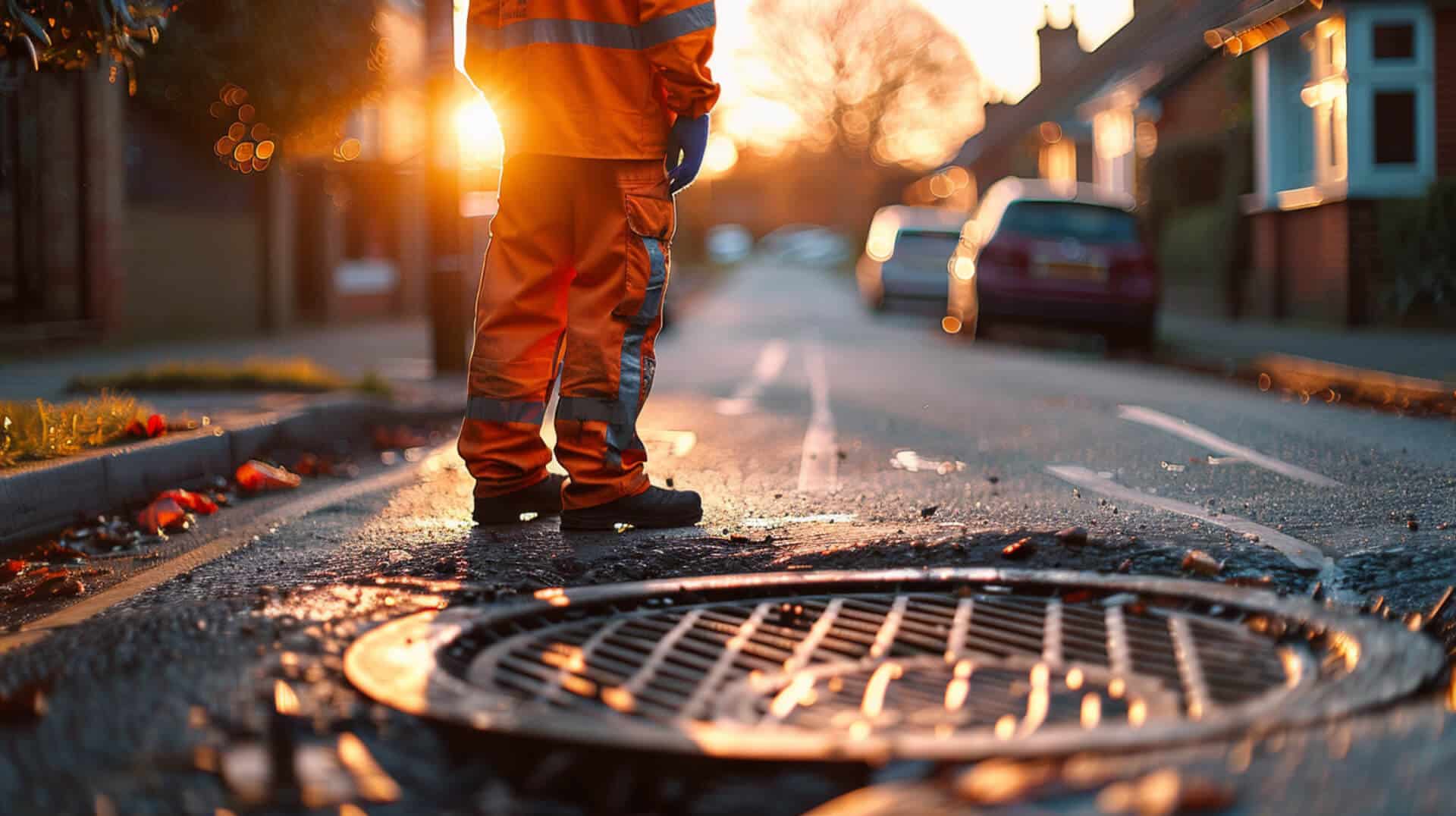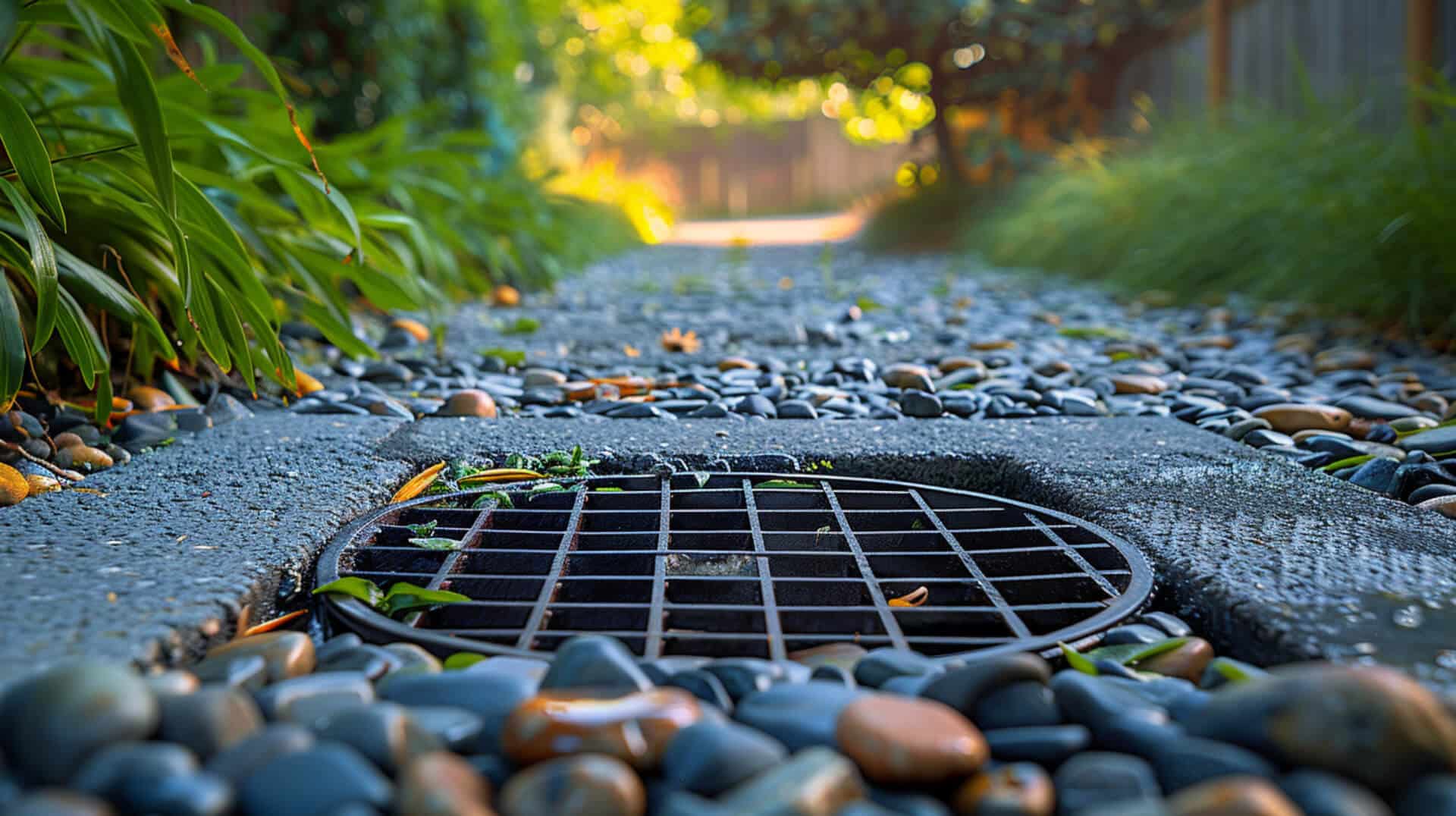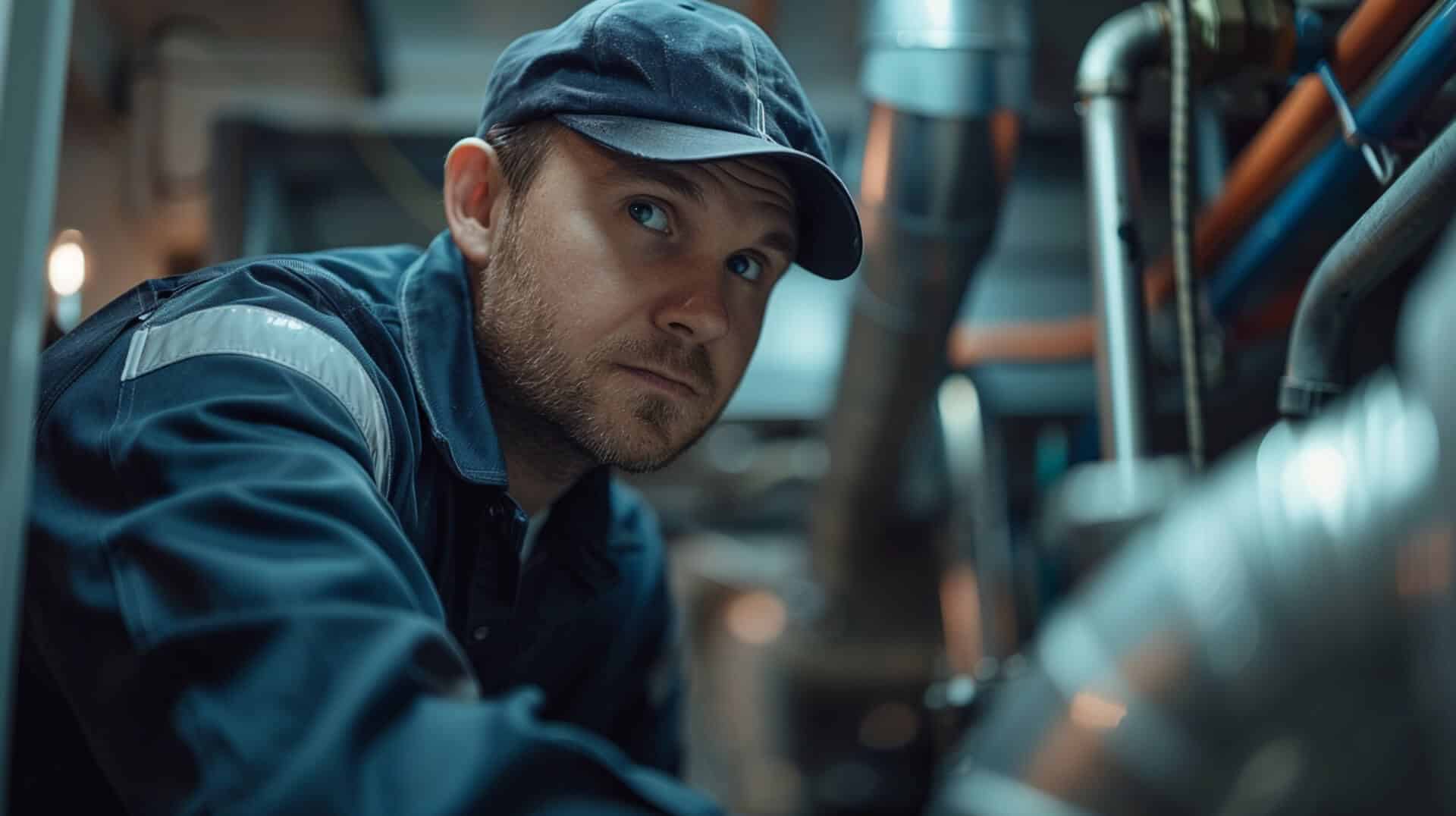 What Is The Process Of Manhole Inspection Services
What Is The Process Of Manhole Inspection Services

Manhole inspection services are a critical component of urban infrastructure maintenance. These services encompass a range of activities designed to ensure the functionality and safety of underground utility networks. Professionals in this field engage in inspection, cleaning, repairing, surveying, and unblocking manholes to maintain the integrity of sewer systems.
Why Manhole Inspections Are Essential
Regular manhole inspections are vital for detecting and addressing common issues that can lead to severe problems, such as blockages, flooding, and infrastructure damage. These inspections are crucial for preventing environmental contamination and ensuring community health.
Scheduling Manhole Inspections
Property owners should schedule manhole inspections regularly to comply with local and national regulations, such as the UK Building Regulations and European Standard DIN 19580. The frequency of these inspections often depends on the age and condition of the infrastructure, as well as local authority guidelines.
Conducting Professional Manhole Inspections
Professionals conduct manhole inspections using a systematic approach that includes advanced technologies like CCTV crawler inspections and panoramic cameras. This process involves pre-inspection cleaning, equipment setup, and detailed examination using pan/tilt/zoom features to generate comprehensive reports. These reports are crucial for making informed decisions about infrastructure maintenance and compliance.
Understanding the Importance of Regular Manhole Inspections
Regular manhole inspections are a critical component of urban infrastructure management. Neglected manholes can pose significant risks to both public safety and the integrity of the infrastructure. Without routine inspections, issues such as blockages, flooding, and structural damage can go unnoticed, leading to costly and hazardous situations.
Risks to Infrastructure and Public Safety
Neglected manholes can lead to a variety of problems, including:
- Flooding: Unaddressed blockages can cause water to back up, leading to flooding and associated damage.
- Infrastructure Damage: Over time, issues like pipe bellies and offset pipes can worsen, potentially leading to a collapse.
- Public Safety Hazards: Open or unstable manholes present a direct risk to pedestrians and vehicles.
Preventing Common Issues
Regular inspections help to:
- Identify Blockages: Early detection of blockages allows for timely cleaning and unblocking.
- Prevent Flooding: By ensuring that manholes and drainage systems are clear, inspections help prevent water buildup and flooding.
- Maintain Structural Integrity: Inspections can detect early signs of wear or damage, allowing for repairs before a collapse occurs.
Role in Environmental Protection
Manhole inspections contribute to environmental protection by:
- Preventing Inflow and Infiltration: Regular checks help maintain the sewer system’s integrity, preventing contamination of the environment.
- Maintaining System Health: Inspections ensure that the sewer system operates efficiently, reducing the risk of overflows and pollution.
Crucial for Property Owners
Adherence to inspection schedules is crucial for property owners because:
- Regulatory Compliance: Inspections ensure compliance with local and international standards, avoiding legal repercussions.
- Cost Savings: Proactive maintenance can prevent expensive emergency repairs and system overhauls.
- Community Well-being: A well-maintained sewer system is vital for public health and the environment.
By understanding the importance of regular manhole inspections, property owners can take proactive steps to ensure the safety, efficiency, and longevity of their sewer systems.
Navigating the Regulatory Framework for Manhole Inspections
Understanding and adhering to the regulatory framework is essential for conducting manhole inspections. Regulations ensure that inspections are performed to a standard that maintains the safety and integrity of underground utility networks.
Applicable Regulations and Standards
Manhole inspections are governed by a variety of regulations and standards:
- UK Building Regulations: Provide guidelines on the construction and maintenance of drainage and sewer systems.
- European Standard DIN 19580: Specifies requirements for manhole and inspection chamber covers.
- Local Authority Guidelines: May impose additional requirements tailored to local needs and conditions.
Impact of Local Authority Guidelines
Local authority guidelines can influence the inspection process by:
- Dictating the frequency of inspections.
- Setting out specific procedures for safety and reporting.
- Requiring particular qualifications or certifications for inspectors.
Importance of Regulatory Compliance
Compliance with these regulations is crucial because:
- It ensures the safety of workers and the public.
- It helps to prevent environmental contamination.
- It protects property owners from legal and financial liabilities.
Ensuring Compliance
Property owners can ensure their manhole inspections meet regulatory requirements by:
- Hiring qualified professionals with the necessary certifications.
- Keeping abreast of changes in regulations and standards.
- Documenting all inspections and maintenance activities for accountability.
By staying informed and working with competent professionals, property owners can navigate the regulatory landscape effectively, ensuring that manhole inspections are conducted safely and to the required standards.
Harnessing Advanced Technologies in Manhole Inspections
The integration of advanced technologies has revolutionised the process of manhole inspections, enhancing both accuracy and efficiency. These technological advancements are not only pivotal for the thorough examination of underground utility networks but also for ensuring the safety of inspection personnel.
Pioneering Inspection Technologies
Modern manhole inspections utilise a range of sophisticated equipment:
- CCTV Systems: Closed-circuit television cameras provide real-time visual inspection data.
- IBAK Panoramo SI: Offers a 360-degree scan of sewer systems, capturing detailed images of the manhole’s interior.
- Sewer Crawlers: Remotely operated vehicles equipped with cameras navigate through sewer lines to identify issues.
Improvements in Inspection Accuracy and Efficiency
The adoption of these technologies leads to:
- Enhanced Precision: High-resolution cameras and panoramic imaging allow for the identification of even the smallest defects.
- Streamlined Processes: Remote-operated devices reduce the need for manual entry, speeding up the inspection process.
- Comprehensive Data: Advanced tools gather extensive information, enabling a more detailed analysis of the sewer system’s condition.
Importance of Technological Innovation
Innovation in inspection technologies is crucial because it:
- Ensures the ongoing reliability and safety of sewer systems.
- Keeps pace with the evolving challenges of infrastructure maintenance.
- Reduces the risks associated with confined space entry.
Benefits to Property Owners
Property owners gain significant advantages from these technological advancements:
- Accurate Diagnostics: Precise identification of issues facilitates targeted maintenance and repairs.
- Cost-Effectiveness: Early detection of potential problems can prevent expensive emergency interventions.
- Regulatory Compliance: Use of state-of-the-art equipment ensures adherence to the latest inspection standards.
Through the use of cutting-edge technologies, manhole inspections have become more reliable, providing property owners with peace of mind regarding the condition and safety of their underground utility networks.
Prioritising Safety in Manhole Inspections
Safety is paramount during manhole inspections, particularly when entering confined spaces. Professionals adhere to stringent safety procedures to mitigate health risks and ensure the well-being of both the inspection team and the public.
Specialised Safety Procedures for Confined Spaces
Confined space entry during manhole inspections requires:
- Pre-Entry Checks: Assessing the environment for hazards such as toxic gases or oxygen depletion.
- Ventilation: Ensuring adequate airflow to prevent the accumulation of hazardous gases.
- Continuous Monitoring: Using gas monitors to detect any changes in air quality during the inspection.
Mitigating Health Risks
To safeguard against health risks, professionals:
- Utilise Personal Protective Equipment (PPE): Including helmets, gloves, and boots to protect against physical hazards.
- Employ Breathing Devices: Such as respirators or self-contained breathing apparatus (SCBA) when necessary.
- Implement Rescue Plans: Preparing for potential emergencies with rescue ropes and trained personnel.
Essential Safety Equipment
Key safety equipment for manhole inspections includes:
- Manhole Hooks: For safe cover removal and access.
- Safety Gear: Comprising PPE and specialised devices for confined space entry.
- First-Aid and Eyewash Stations: Readily available in case of an accident.
The Imperative of Safety Prioritisation
Prioritising safety is crucial because:
- It protects the inspection team from potential hazards.
- It ensures compliance with occupational health and safety regulations.
- It maintains public confidence in the integrity of infrastructure services.
By rigorously following safety protocols and using appropriate equipment, professionals can conduct manhole inspections that are not only effective but also secure for all involved.
Identifying and Addressing Common Manhole Issues
During manhole inspections, professionals encounter a variety of issues that can affect the functionality and safety of underground utility networks. Identifying and addressing these problems promptly is essential for maintaining the integrity of the sewer system.
Common Issues Uncovered in Inspections
Manhole inspections typically reveal several types of problems:
- Blockages: Caused by debris accumulation, grease, or foreign objects.
- Structural Damages: Including cracks, bellies in pipes, or complete collapses.
- Root Intrusions: Tree roots can penetrate pipes, causing blockages or damage.
Professional Solutions to Manhole Problems
Upon identifying issues, professionals employ various methods to address them:
- Unblocking: Using mechanical methods or high-pressure water jetting to clear blockages.
- Repairing: Applying trenchless repair techniques to fix cracks and damages without extensive excavation.
- Root Removal: Cutting and removing tree roots, followed by repairs to the affected pipes.
Preventive Measures for Manhole Maintenance
To prevent future issues, several measures are recommended:
- Regular Cleaning: Scheduled cleaning to prevent debris and grease buildup.
- Inspection: Frequent inspections to catch and address problems early.
- Vegetation Management: Controlling tree growth around sewer lines to prevent root intrusions.
Benefits of Early Issue Identification
Early detection and resolution of manhole issues are beneficial because they:
- Minimise the risk of severe infrastructure damage.
- Prevent costly emergency repairs and service disruptions.
- Ensure the sewer system operates efficiently and safely.
By proactively managing manhole maintenance, property owners can avoid significant inconveniences and ensure the longevity of their sewer systems.
The Comprehensive Manhole Inspection Process
A thorough manhole inspection is a multi-step process that ensures the safety and functionality of underground utility networks. Utilising advanced technologies, professionals can conduct detailed assessments to maintain infrastructure effectively.
Steps Involved in Manhole Inspections
The inspection process typically includes the following steps:
- Pre-Inspection Preparation: Ensuring the site is safe for entry and setting up necessary safety equipment.
- Accessing the Manhole: Removing the cover using appropriate tools and securing the area.
- Initial Assessment: Conducting a visual check for any immediate risks or obstructions.
- Deploying Inspection Technologies: Utilising equipment such as sewer crawlers and cameras to examine the interior.
- Data Collection: Gathering information on the condition of the manhole and any anomalies.
- Post-Inspection Analysis: Reviewing the collected data to identify any issues that require attention.
Enhancement by Inspection Technologies
Technologies like sewer crawlers and cameras provide several enhancements:
- Detailed Visualisation: Offering clear images of the manhole’s interior, including hard-to-reach areas.
- Efficiency: Reducing the time required for manual inspections.
- Safety: Minimising the need for inspectors to enter potentially hazardous environments.
Information in Detailed Inspection Reports
Inspection reports typically include:
- Structural Assessments: Information on the condition of the manhole structure.
- Identified Issues: Details of any blockages, damages, or wear.
- Recommendations: Suggestions for maintenance, repair, or further investigation.
Vitality of a Comprehensive Inspection Process
A comprehensive inspection process is vital for:
- Preventing Failures: Early detection of potential issues can prevent system failures.
- Regulatory Compliance: Ensuring that the manhole and associated systems meet regulatory standards.
- Long-Term Planning: Informing maintenance schedules and infrastructure investments.
By following a detailed and systematic inspection process, you can ensure the longevity and reliability of your sewer systems.
Implementing Maintenance Strategies Post-Inspection
Following a thorough manhole inspection, the findings play a crucial role in shaping maintenance and cleaning strategies to ensure the health of the sewer system.
Informing Maintenance and Cleaning Strategies
Inspection findings guide maintenance actions:
- Identifying Priorities: Pinpointing urgent repairs to prevent system failures.
- Scheduling Cleanings: Determining the frequency of cleanings based on the level of debris or blockage found.
- Planning Upgrades: Recommending system upgrades or replacements for outdated or damaged components.
Role of Professional Handling in Manhole Maintenance
Professional handling is key to effective maintenance:
- Expertise: Trained professionals apply the best practices for each specific issue identified.
- Efficiency: Experienced teams perform maintenance tasks swiftly, minimising disruption.
- Safety: Adherence to safety protocols ensures the well-being of workers and the public.
Frequency of Maintenance for System Health
Regular maintenance is recommended to:
- Prevent Blockages: Routine cleanings keep the system clear of obstructions.
- Avoid Damage: Regular checks can catch small issues before they become major problems.
- Ensure Compliance: Ongoing maintenance ensures the system meets regulatory standards.
Importance of Regular Maintenance
Regular maintenance extends the lifespan of sewer systems by:
- Preserving Infrastructure: Consistent upkeep prevents deterioration and extends the system’s service life.
- Optimising Performance: Regular attention keeps the system functioning at peak efficiency.
- Reducing Costs: Proactive maintenance is more cost-effective than emergency repairs.
By adhering to a structured maintenance plan based on inspection insights, you can ensure the long-term health and efficiency of your sewer systems.
Allocating Responsibilities in Manhole Inspection and Maintenance
Property owners, business owners, and facility managers hold specific responsibilities when it comes to the inspection and maintenance of manholes. These duties are essential for the upkeep of sewer systems and compliance with regulatory standards.
Owner and Manager Responsibilities
You are responsible for:
- Scheduling Regular Inspections: Ensuring manhole inspections are conducted at intervals mandated by local regulations or more frequently if needed.
- Maintaining Records: Keeping detailed records of all inspections, issues identified, and maintenance performed.
- Addressing Issues Promptly: Taking immediate action to rectify any problems discovered during inspections to prevent escalation.
Asset Management for Sewer System Longevity
Effective asset management includes:
- Strategic Planning: Developing long-term plans for the maintenance, repair, or replacement of sewer system components.
- Budget Allocation: Setting aside funds for regular maintenance and emergency repairs.
- Lifecycle Tracking: Monitoring the condition and performance of sewer assets over time.
Strategies for Efficient Maintenance
To maintain efficiency, consider:
- Preventive Maintenance: Implementing a routine maintenance schedule to prevent issues before they arise.
- Technology Integration: Utilising advanced technologies for more accurate inspections and diagnostics.
- Professional Partnerships: Engaging with specialised service providers for expert maintenance and repair.
Importance of Proactive Asset Management
Proactive asset management is crucial for:
- Cost Savings: Reducing the likelihood of expensive emergency repairs and system downtime.
- Regulatory Adherence: Ensuring compliance with all relevant health, safety, and environmental regulations.
- System Reliability: Maintaining consistent sewer system performance and preventing service interruptions.
By fulfilling these responsibilities and employing strategic asset management, you can ensure the effective operation and longevity of your sewer systems.
Embracing Innovations in Manhole Inspection Services
The field of manhole inspection is witnessing significant technological advancements that are transforming traditional practices. These innovations are crucial for enhancing the efficiency and effectiveness of inspections, ultimately benefiting the overall health of urban infrastructure.
Recent Technological Advancements
Innovations in manhole inspection include:
- Trenchless Technology: Methods that allow repairs without extensive excavation, reducing disruption and cost.
- Advanced Imaging: Systems like the IBAK Panoramo SI provide high-resolution, 360-degree views of sewer interiors.
- Robotic Crawlers: Remotely operated vehicles equipped with cameras and sensors navigate sewer systems to perform inspections.
Impact of Future Trends on Inspections
Emerging trends are poised to further improve manhole inspections by:
- Increasing Automation: Reducing the need for manual entry, thereby enhancing safety and speed.
- Enhancing Data Analysis: Utilising artificial intelligence to interpret inspection data more accurately and efficiently.
- Improving Remote Capabilities: Allowing for inspections in difficult or hazardous environments without risk to personnel.
Importance of Staying Informed
For property owners, staying informed about new technologies is important because:
- It ensures that their infrastructure is maintained using the most effective and up-to-date methods.
- It helps in making informed decisions about maintenance and compliance with regulations.
- It can lead to cost savings through more efficient inspection and maintenance practices.
Benefits to Urban Infrastructure
Innovative inspection methods contribute to urban infrastructure by:
- Preventing System Failures: Early detection and resolution of issues keep sewer systems operational.
- Reducing Environmental Impact: Minimising excavation and repair work lessens the ecological footprint.
- Ensuring Public Safety: Advanced technologies detect and address potential hazards before they pose a risk to the community.
By adopting these innovative approaches, you can ensure that manhole inspection services continue to protect and maintain the vital infrastructure upon which modern urban life depends.
Selecting a Professional Manhole Inspection Service
When it comes to ensuring the safety and compliance of your sewer systems, selecting the right manhole inspection service provider is paramount. The expertise and qualifications of the service provider directly impact the effectiveness of the inspections.
Qualifications and Certifications
You should look for the following qualifications and certifications in a service provider:
- MACP Certification: Demonstrates a thorough understanding of manhole assessment and coding procedures.
- Safety Training: Indicates that the inspection team is trained in confined space entry and emergency response.
- Regulatory Compliance: Service providers should be well-versed in UK Building Regulations, European Standard DIN 19580, and local authority guidelines.
Ensuring Compliance with Regulations and Standards
Professional services ensure compliance by:
- Adhering to Standards: Following established protocols to meet or exceed regulatory requirements.
- Regular Training: Keeping staff updated on the latest safety procedures and inspection techniques.
- Documentation: Providing detailed reports that serve as a record of compliance.
The Importance of Choosing the Right Service Provider
Choosing the right service provider is crucial because:
- Accuracy: Expert providers can accurately identify and diagnose issues.
- Reliability: Reputable services ensure that inspections are thorough and consistent.
- Liability: Proper inspections can protect you from potential legal issues related to system failures.
Evaluating the Expertise of Inspection Services
To evaluate the expertise of inspection services, consider:
- References and Reviews: Seek feedback from other clients to gauge the provider’s reputation.
- Experience: Look for providers with a proven track record in the industry.
- Technology: Ensure they use the latest technologies for accurate and efficient inspections.
By carefully selecting a qualified and experienced manhole inspection service, you can maintain the integrity of your sewer systems and ensure compliance with all necessary regulations.
Recognising the Significance of Manhole Inspection Services
Understanding the process of manhole inspection services is crucial for property owners, business owners, and facility managers. These inspections are not merely a regulatory formality but a fundamental practice that ensures the safety, efficiency, and longevity of sewer systems.
Contributions of Regular Inspections to Sewer System Health
Regular manhole inspections contribute significantly to the well-being of sewer systems by:
- Preventing Blockages and Flooding: Routine checks help to identify and remove obstructions that could lead to backups and water damage.
- Identifying Structural Concerns: Early detection of cracks, corrosion, and other structural issues allows for timely repairs.
- Ensuring Efficient Operation: Inspections ensure that sewer systems function optimally, preventing overflows and environmental contamination.
Ensuring Compliance and Maintenance
To maintain compliance and facilitate ongoing maintenance, you should:
- Adhere to Inspection Schedules: Follow the recommended frequency for inspections as per regulatory standards.
- Document Inspections and Repairs: Maintain accurate records of all activities for regulatory compliance and future reference.
- Engage with Qualified Professionals: Work with certified inspectors who use the latest technologies and follow best safety practices.
The Broader Benefits of Quality Inspection Services
Investing in quality manhole inspection services yields benefits that extend beyond individual properties, including:
- Community Health: A well-maintained sewer system is essential for public health, preventing the spread of disease and contamination.
- Environmental Protection: Regular inspections and maintenance help to safeguard local waterways and ecosystems from pollution.
By prioritising comprehensive manhole inspection services, you play a vital role in sustaining the infrastructure that supports the community and the environment.

